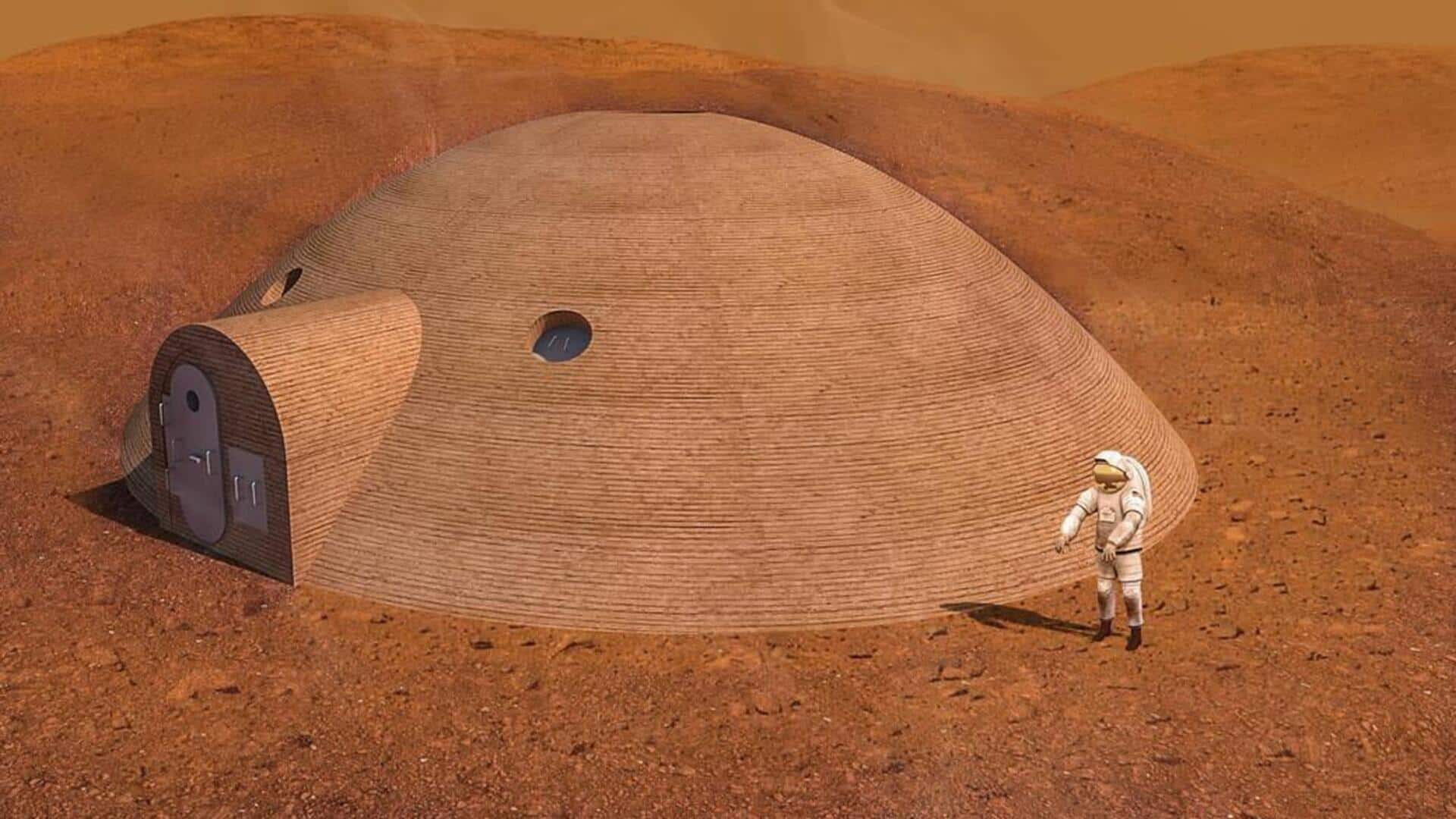
Could humans colonize Mars in 15 years? ESA says yes
What's the story
The European Space Agency (ESA) has unveiled an ambitious plan to establish human settlements on Mars within the next 15 years. The vision, detailed in ESA's report "Technology 2040: A Vision for the European Space Agency," includes self-sustaining habitats, AI-driven farming systems, and autonomous infrastructure on Mars, the Moon, and beyond. The agency says that space is no longer a frontier but a territory critical for scientific, economic, and environmental progress.
Habitat design
Self-sustaining habitats and AI-driven farming systems
ESA plans futuristic indoor habitats made of heat-reflective, radiation-shielding materials. These "space oases" would have with smart sensors, autonomous AI systems, and robotic assistants to monitor the environment and handle daily tasks. The habitats will be entirely self-sustaining, generating power, recycling waste, and growing crops such as potatoes and leafy greens in controlled greenhouse modules.
Space manufacturing
Manufacturing large space structures in orbit
The ESA's 2040 roadmap also includes plans for manufacturing large space structures such as satellites and telescopes in orbit or on celestial bodies like the Moon. This would bypass the current limitations of spacecraft size imposed by launch vehicles. By building infrastructure in space, ESA hopes to create new commercial opportunities and scientific advancements while reducing reliance on Earth-based resupply missions.
Sustainability efforts
Circular economy model to minimize waste
ESA also plans using space debris as raw material, adopting a circular economy model to minimize waste and build sustainable systems in orbit. The agency envisions AI-powered spacecraft that could operate autonomously without human intervention, speeding up space operations. However, despite the inspiring vision, ESA acknowledges the technical and logistical challenges ahead of this ambitious plan.
Future prospects
Mars's climate and distance pose challenges
Mars's harsh climate and 140 million mile distance from Earth present major challenges in transportation, radiation protection, and life support systems. However, ESA believes that collaboration among nations and private companies could make this dream achievable. With support and sustained investment, the agency insists that the next giant leap for humankind could happen as soon as 2040.